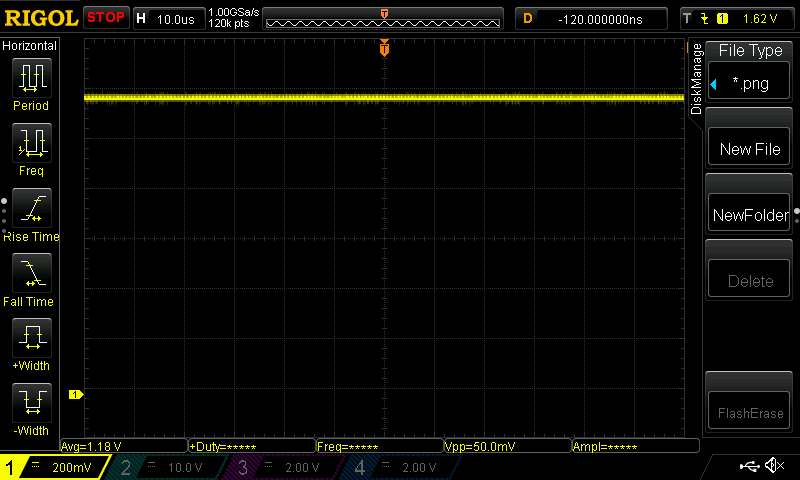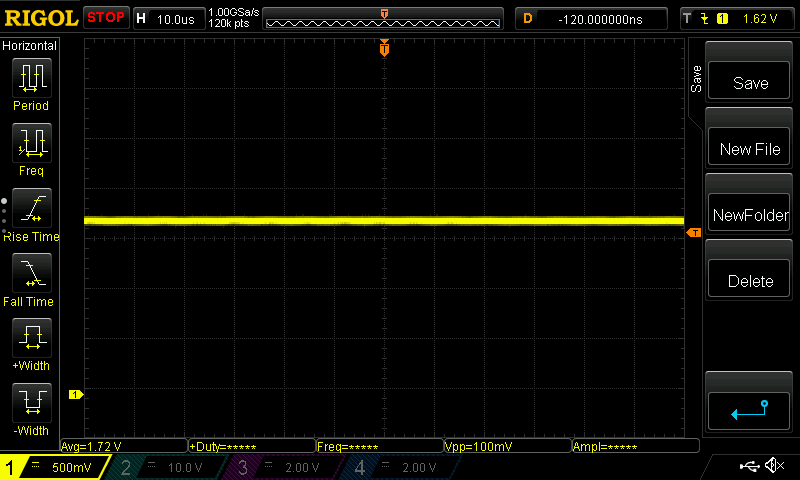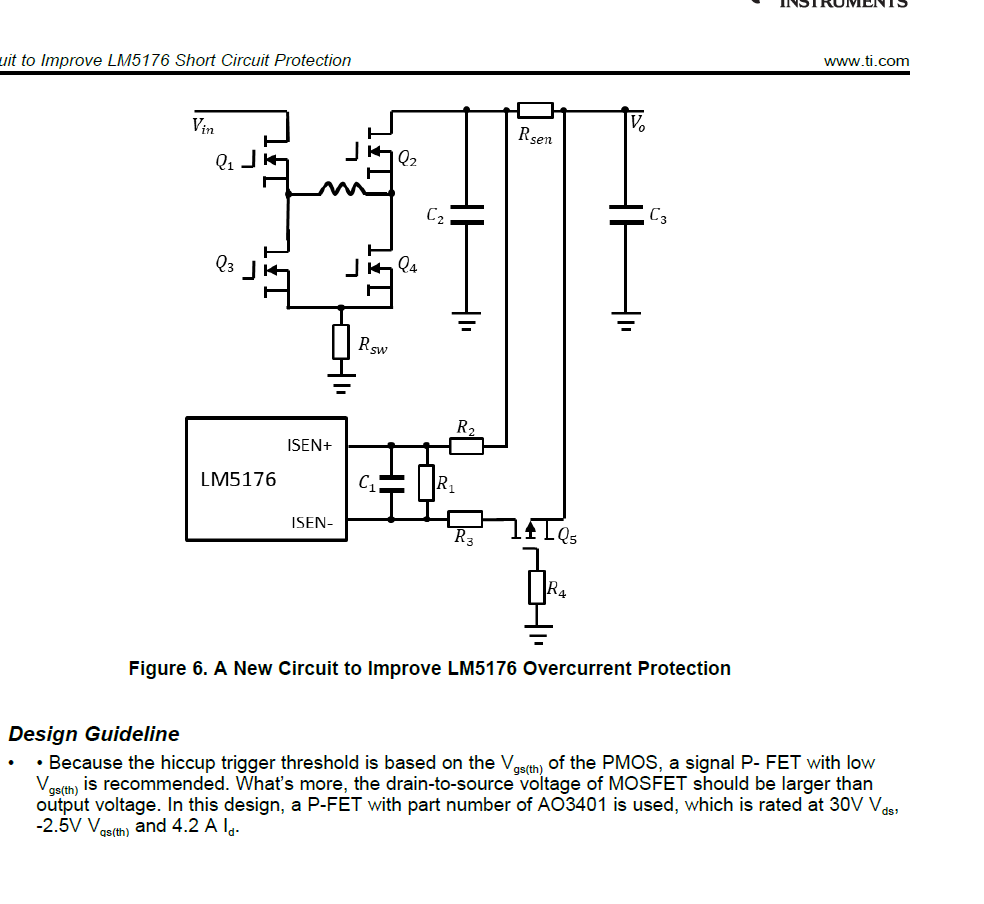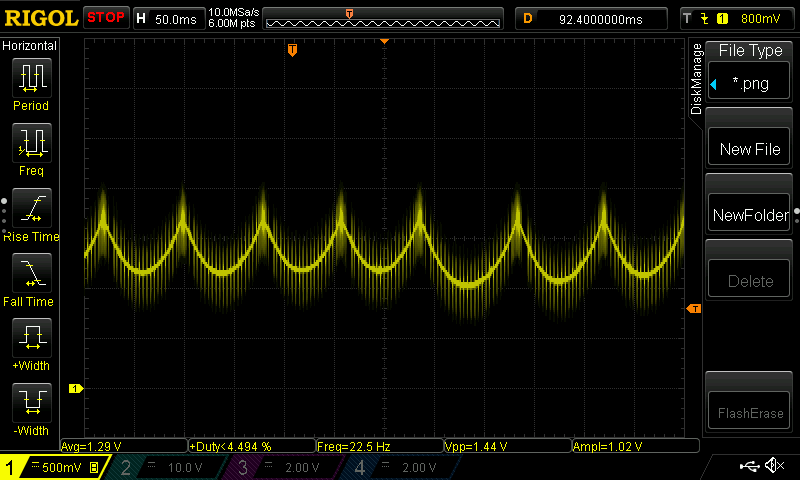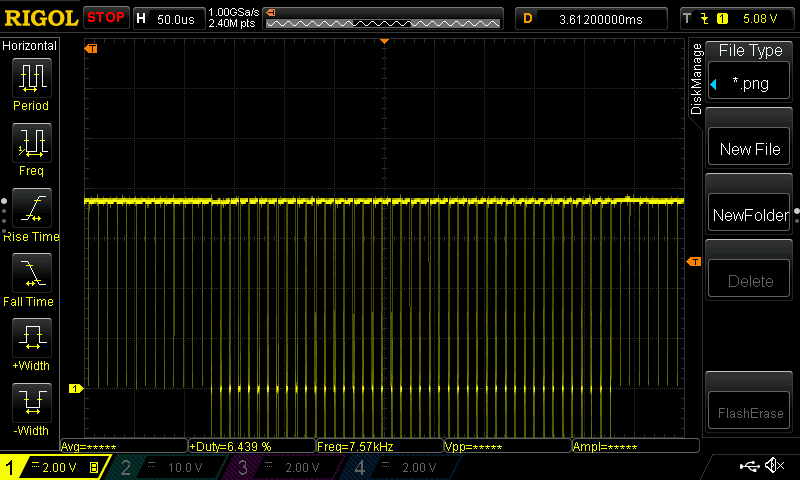Other Parts Discussed in Thread: LM5175, PMP10594, TLV272, INA180
Dear Sirs,
I have a big problem discovered only now with my Battery charger circuit that use LM5176.
When battery is fully charged and I'm maintaining the max voltage at the end of the charge (for example 14.4V), I have a strange and unexpected reverse current flow between the output battery and the input source supply, in fact the input voltage of my power supply increase form 12.5V that is my standard value to 25V!!!! So during the charge my circuit works mainly in BOOST region.
My schematich is a standard one, with output average current limit shunt resistor and 93.1K resistor on MODE pin.
How can I prevent this phenomenon? Is it possible use the LM5176 in CCM only during this step of charge?
Please I need some tips to solve this problem ASAP.
Thank you for your time!
Best regards,
Francesco


